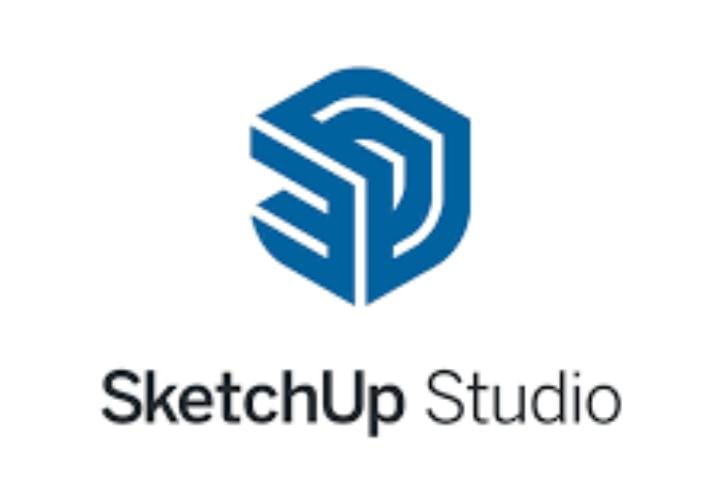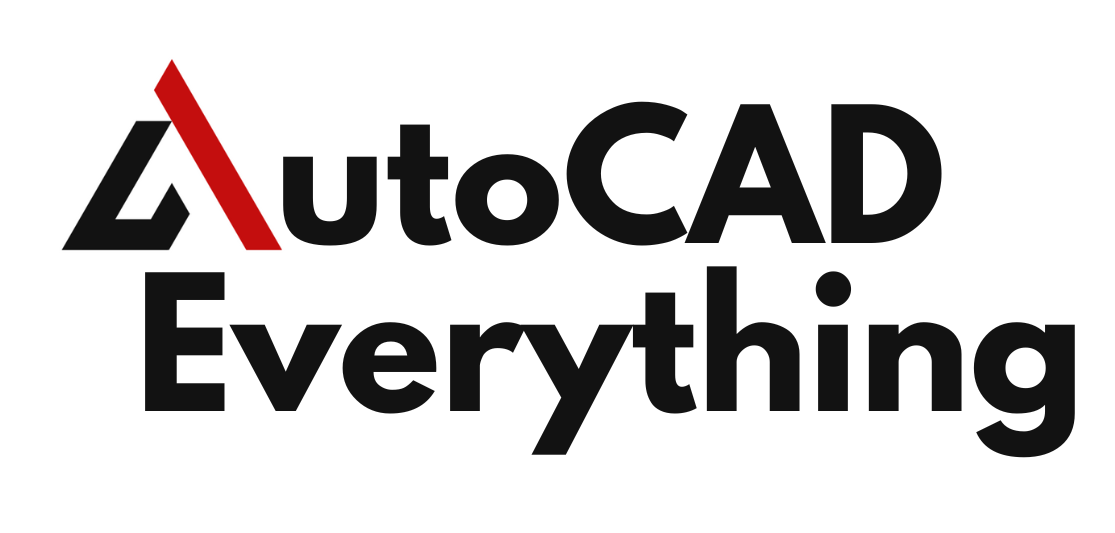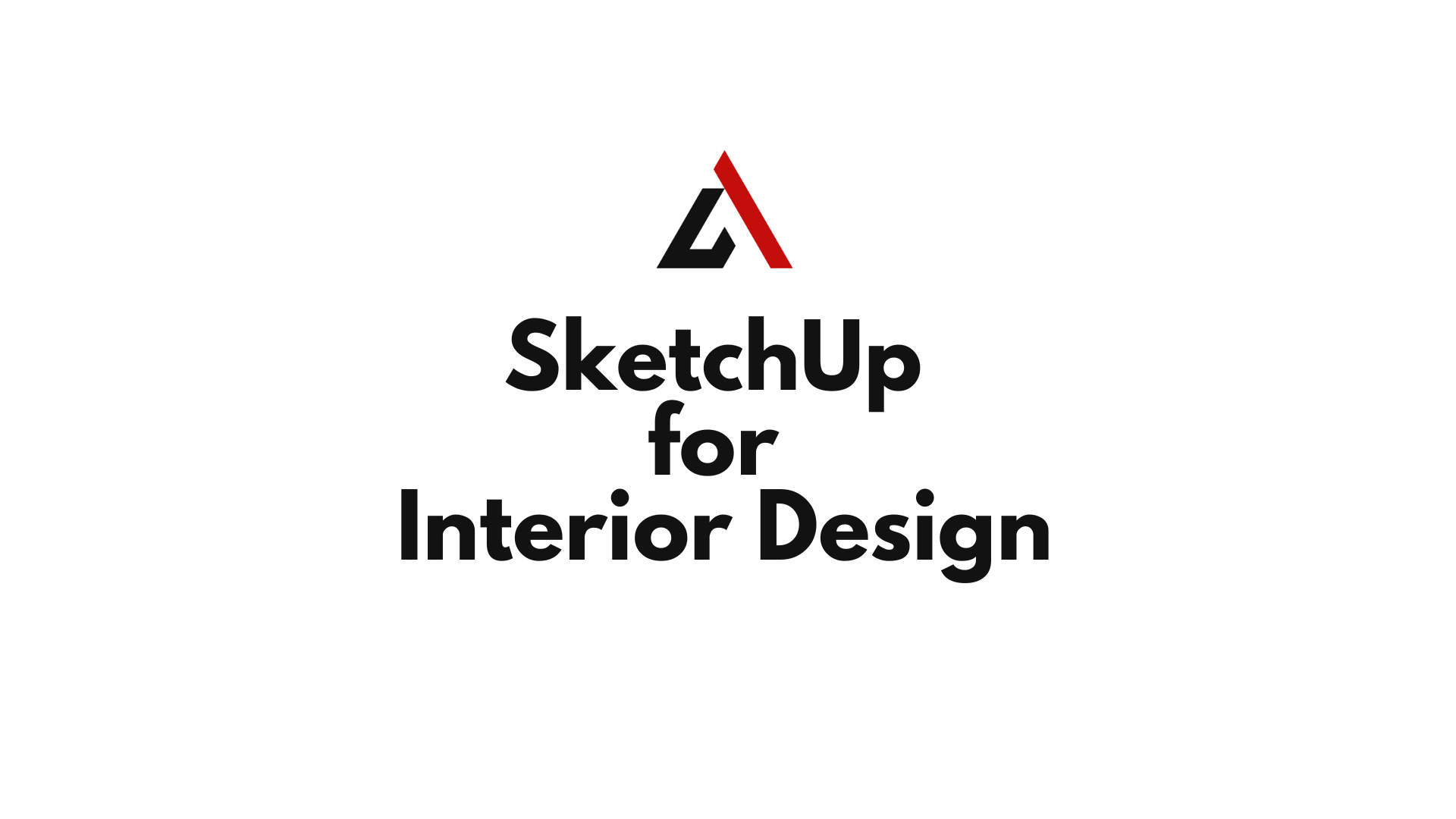Introduction to SketchUp for Interior Design
SketchUp isn’t just another 3D modeling tool—it’s a complete environment where designers conceptualize layouts, model furniture, play with materials, and create immersive client presentations. Unlike traditional CAD software that often feels rigid, SketchUp empowers designers with freedom, allowing ideas to unfold naturally.
Its role in modern interior design is undeniable, enhancing communication, creativity, and client collaboration like never before.
Table of Contents
Why Choose SketchUp for Interior Design
Ease of Use:
SketchUp’s intuitive “draw and push” method allows even beginners to create complex 3D spaces in hours, not days.
Powerful Visualization:
Real-time 3D visualization helps clients and stakeholders immediately grasp spatial relationships, color schemes, and furniture layouts.
Flexibility:
From initial concept sketches to detailed construction documents, SketchUp handles every phase seamlessly.

Setting Up SketchUp for Interior Design Projects
Starting with the right setup saves time and ensures accuracy:
- Choosing the Correct Template: Pick an architectural template with appropriate units (inches, feet, or metric).
- Setting Units and Scales: Customize under “Model Info” to match your project’s specifications.
Essential SketchUp Tools for Interior Designers
Mastering these tools will make your modeling experience smoother:
- Push/Pull Tool: Extrude flat surfaces into 3D forms.
- Move, Rotate, and Scale: Manipulate objects with precision.
- Paint Bucket Tool: Instantly apply colors and materials to surfaces.
Pro tip: Use shortcuts (e.g., “P” for Push/Pull) to work faster!
Creating Accurate Floor Plans in SketchUp
The foundation of any interior project is the floor plan.
- Import Floor Plans: Start by importing an existing DWG or a hand-drawn sketch.
- Draw Walls and Floors: Use the Line tool to trace and Push/Pull to extrude walls to correct heights.
- Ceilings and Levels: SketchUp easily models multi-level interiors by stacking groups and layers.
Modeling Doors and Windows
Two main approaches:
- Premade Components: Download from 3D Warehouse.
- Custom Openings: Draw rectangles on walls and use Push/Pull to cut precise voids.
Dynamic components can automatically adjust dimensions—a real timesaver!
Space Planning with SketchUp
Efficient space planning ensures interiors are both beautiful and functional.
- Blocking Out Zones: Create simplified shapes representing furniture.
- Testing Traffic Flow: Walk through your model in SketchUp’s camera mode.
- Furniture Layouts: Experiment with different configurations effortlessly.
Furniture Modeling Basics
SketchUp makes it simple to design bespoke furniture:
- Start with Basic Shapes: Boxes and cylinders evolve into sofas, beds, or cabinetry.
- Grouping and Components: Always group furniture items to keep geometry clean.
Using 3D Warehouse for Furniture and Fixtures
Why reinvent the wheel?
The 3D Warehouse offers thousands of free models, from designer chairs to kitchen sinks.
- Search by Brand: Authentic pieces from manufacturers like IKEA and Herman Miller.
- Customize Downloads: Edit materials and dimensions to match your design needs.
Advanced Furniture Modeling Techniques
Elevate your designs by mastering:
- Curved Surfaces: Use the Follow Me tool to model curved furniture like chaise lounges.
- Parametric Components: Design furniture that scales dynamically.
Lighting in Interior Design with SketchUp
Lighting transforms interiors. In SketchUp:
- Simulate Natural Lighting: Use the Shadows tool to study daylight effects.
- Artificial Lighting: Extensions like V-Ray allow precise simulation of interior lighting.
Experiment with ambient, task, and accent lighting for a balanced design.
Material Selection and Application
Materials make interiors come alive.
- Apply Textures: Wood, marble, fabric, glass—SketchUp’s material library covers it all.
- Edit Properties: Adjust texture scaling, rotation, and opacity.
A textured wall or glossy countertop? Visualize it instantly!
Customizing and Creating New Materials
Need a specific wallpaper or tile pattern?
- Import Images: Scan or photograph real materials.
- Create Custom Textures: Use the Material Editor to tweak and save new options.
This ensures true-to-life presentations for clients.
Color Theory in SketchUp
Masterful use of color separates good interiors from great ones.
- Use Color Swatches: Import palettes from Adobe Color or Pantone.
- Experiment Freely: Apply and switch colors effortlessly to find the perfect match.
Harmonious spaces start with smart color choices!
Using LayOut for Presenting Interior Projects
LayOut transforms 3D models into polished presentations:
- Mood Boards: Combine materials, furniture images, and inspirations.
- Floor Plans and Elevations: Annotate with dimensions, notes, and tags.
Present like a pro, making it easy for clients to visualize and approve concepts.
Rendering Interior Designs in SketchUp
Turn basic models into photorealistic masterpieces:
- V-Ray: Industry-standard renders with realistic lighting and materials.
- Enscape: Real-time walkthroughs and fast-quality visuals.
Quick Tip: Use ready-made material libraries to save time without sacrificing quality.
Creating Walkthroughs and Flyovers
Immerse your clients:
- Camera Animation: SketchUp’s native tool lets you create walkthrough paths.
- Virtual Tours: Use VR extensions to let clients “walk” through spaces.
This adds a wow factor to every presentation!
SketchUp Extensions for Interior Designers
Level up your productivity:
- FredoTools: Advanced editing and manipulation tools.
- Artisan Organic Toolset: Model complex organic shapes like cushions or drapes.
- Profile Builder: Quickly assemble parametric walls, railings, and trim.
Plugins amplify SketchUp’s power significantly.
Tips for Optimizing Interior Models
Large models can bog down even the fastest computers.
- Use Tags Wisely: Organize layers by room or function.
- Purge Unused Components: Keep your file lean.
- Turn Off Heavy Geometry When Navigating: Speeds up real-time editing.
Common Mistakes to Avoid in Interior Modeling
Beware of these pitfalls:
- Over-Detailing: Focus on elements visible in final renders.
- Scale Errors: Always triple-check dimensions for real-world accuracy.
- Ignoring Lighting: Poor lighting ruins otherwise great designs.
Case Study: Residential Interior Project
A designer modeled a 1,500 sqft apartment, testing furniture layouts in 3D Warehouse and customizing materials for a Scandinavian aesthetic. Result? Faster approvals and happier clients.
Case Study: Office Interior Renovation
A corporate office redesign used SketchUp to optimize open office layouts and simulate daylight penetration. With VR walkthroughs, executives greenlit the project two months ahead of schedule.
Collaborating with Clients Using SketchUp
SketchUp’s Viewer App and web-based viewing allow clients to:
- Review models remotely.
- Mark changes interactively.
- Walk through spaces virtually.
This enhances transparency and speeds up feedback cycles.
Training Resources for SketchUp Interior Designers
Stay ahead:
- SketchUp Campus: Free official tutorials.
- SketchUcation Community: Forums, tips, and plugin updates.
- MasterSketchUp Blog: Advanced workflows for professionals.
The Future of SketchUp in Interior Design
What’s next?
- AI-Driven Space Planning: Predict optimal layouts automatically.
- AR/VR Immersion: SketchUp integrations with Oculus and HoloLens are growing.
Tomorrow’s interiors will be designed faster, smarter, and more collaboratively.
Suggested- SketchUp for Architecture
Final Thoughts on SketchUp for Interior Design
SketchUp for Interior Design is more than just software—it’s a creative partner. Whether you’re drafting a cozy bedroom, a trendy café, or a sprawling office, SketchUp empowers you to bring visions to life with clarity, speed, and artistic freedom.
If you haven’t yet embraced SketchUp in your interior design workflow, now’s the time to dive in and transform the way you create!
FAQs
Is SketchUp good for interior design?
Yes, SketchUp is one of the most popular tools among interior designers for its flexibility and visualization power.
Can I create realistic renders in SketchUp?
Definitely! Using rendering plugins like V-Ray or Enscape, SketchUp models can become highly realistic.
Is SketchUp free for interior designers?
SketchUp offers a free web-based version, but professionals usually opt for SketchUp Pro for full features.
What is the best extension for interior design in SketchUp?
Extensions like FredoTools and Profile Builder are fantastic for interior designers.
Can I present a SketchUp model to a client without SketchUp installed?
Yes! Clients can view models through the free SketchUp Viewer or web links.
How long does it take to learn SketchUp for interior design?
With daily practice, basic proficiency can be achieved in 2–4 weeks, while mastering it may take a few months.

